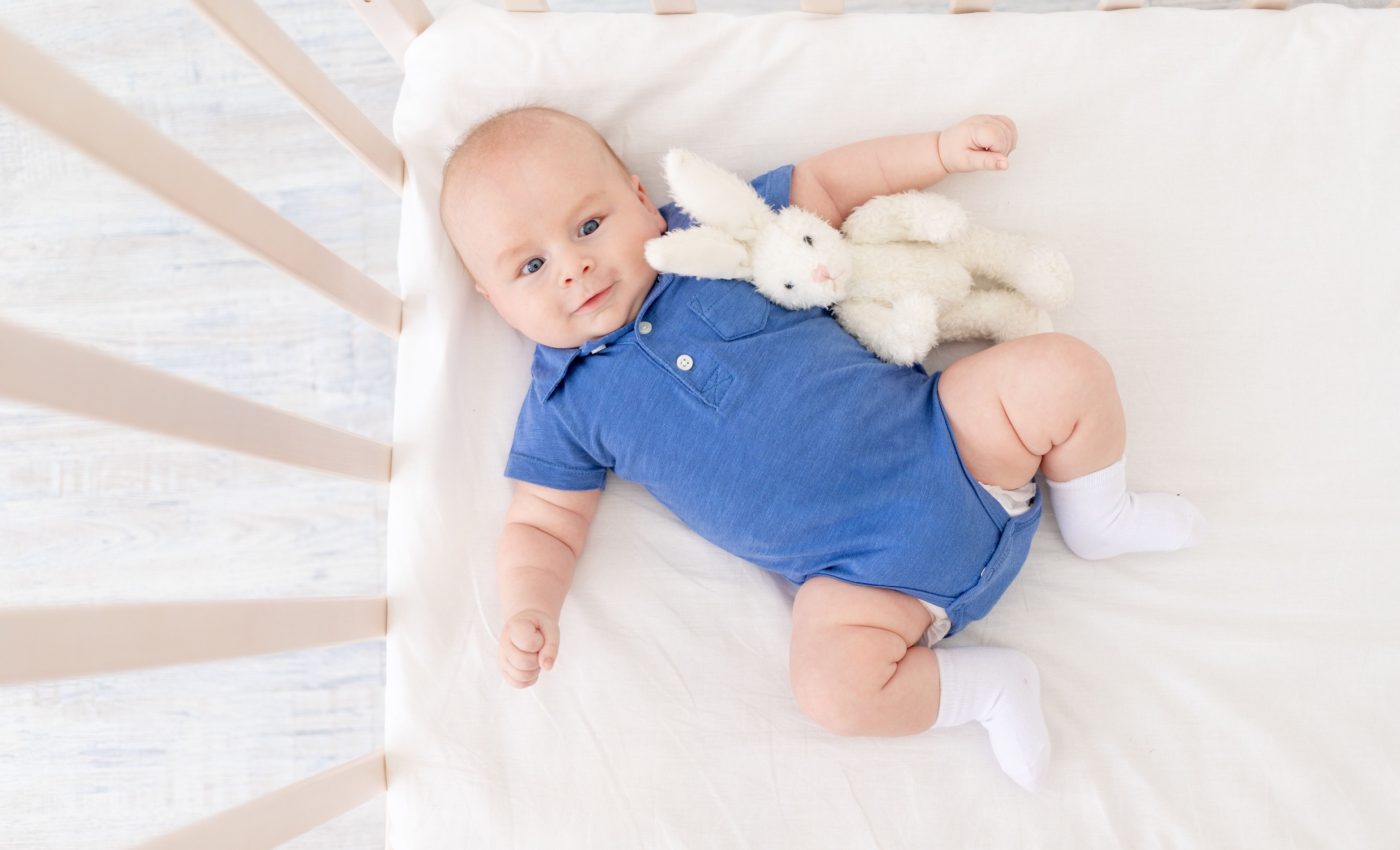
Children's mattresses may emit toxic chemicals during sleep
Babies and toddlers can spend up to 18 hours a day sleeping. During this time, they are likely to be in close contact with their specially produced mattress, which might silently expose them to harmful chemicals.
A new study from the University of Toronto reveals that many children’s mattresses release semivolatile organic compounds (SVOCs), including phthalates, flame retardants, and UV-filters.
These chemicals can disrupt hormones, harm developing brains, and contribute to the development of asthma and cancer. What’s worse is that some of the tested mattresses exceeded legal limits for substances that are actually banned in Canada.
Children’s mattresses release toxic chemicals
“Sleep is vital for brain development, particularly for infants and toddlers. However, our research suggests that many mattresses contain chemicals that can harm kids’ brains,” said senior author Miriam Diamond, a professor at the University of Toronto.
“This is a wake-up call for manufacturers and policymakers to ensure our children’s beds are safe and support healthy brain development.”
The researchers examined 16 new children’s mattresses from North American retailers. All contained foam rather than springs and were priced between 50 and 105 CAD. Researchers detected 21 SVOCs from categories including phthalates, organophosphate esters, benzophenones, and salicylates.
Heat and weight make exposure worse
Mattresses were tested under various conditions, including body temperature (37.5°C / 99.5°F) and pressure simulating a 7.5 kg (16.5 lb) infant. The results showed that emissions from the mattress spiked significantly under these conditions.
The emissions of chemicals like TBOEP (a flame retardant) and DEHP (a plasticizer), increased with heat and pressure. For instance, TBOEP was detected in all mattresses when both heat and weight were applied, compared to only three of the mattresses at room temperature.
Children’s body warmth and weight likely accelerate the release of chemicals from the mattress foam and covers.
Some mattresses exceed legal limits
In one case, a mattress contained 9,000 mg/kg of TCEP, a chemical banned in Canada since 2014.
Others had high levels of phthalates like DiNP and DiBP – some above the 0.1% legal threshold used for toys. The study also found flame retardants like TCPP and TDCiPP, though these are not required to meet safety standards in Canada.
“Parents should be able to lay their children down for sleep knowing they are safe and snug,” said co-author Arlene Blum, executive director of the Green Science Policy Institute.
“Flame retardants have a long history of harming our children’s cognitive function and ability to learn. It’s concerning that these chemicals are still being found in children’s mattresses even though we know they have no proven fire-safety benefit, and aren’t needed to comply with flammability standards.”
Sleeping micro-environments matter
Children’s sleeping areas form what researchers call a “sleeping micro-environment.”
This includes the mattress, bedding, nearby toys, and air just above the bed. In this zone, children breathe more rapidly, have higher skin permeability, and often engage in hand-to-mouth behavior.
Movement and warmth from the child can increase chemical transfer by compressing foam and pushing air out.
Emissions from mattresses also lead to increased chemical levels in the surrounding air and dust, which children easily inhale or ingest.
Regulations don’t cover everything
Some substances found in the study are restricted in toys but not in mattresses. While Canada bans DnBP in mattresses and TCEP in foam for children under three, DiBP, DiNP, and DnOP are only regulated in toys meant to be mouthed.
This leaves mattresses in a gray zone where high levels of these chemicals can still appear legally. The study’s findings highlight the need to extend existing toy chemical limits to include sleep-related products.
Two certified mattresses were included in the study. One contained several phthalates and flame retardants, including DnOP and DEHP. The other complied with all regulations. This inconsistency suggests that certification alone cannot guarantee chemical safety.
Also, mattresses with the same brand and design – bought years apart – showed different chemical profiles. Manufacturers may quietly change materials without updating safety information.
What can parents do now?
Until stronger regulations are in place, the researchers suggest a few practical ways in which parents can reduce their children’s exposure to harmful chemicals from mattresses.
One important step is to choose undyed or light-colored bedding, as brightly colored fabrics often require chemical treatments like UV-filters or dyes that may contain additional additives.
Parents should also wash bed sheets, pajamas, and mattress covers regularly. Clean fabrics can act as a barrier, helping to lower direct contact with surface residues and airborne chemicals that accumulate over time.
Another helpful measure is to limit the number of soft items placed on or around the mattress. Reducing excess pillows, toys, and blankets not only declutters the sleep area but also lessens the number of surfaces that can trap or release chemicals.
Finally, airing out a new mattress before use allows some of the more volatile chemicals to dissipate. Keeping the mattress in a well-ventilated area for a few days before placing it in a child’s crib or bed can lower initial exposure.
Children need safer mattress laws
The study shows that even low-cost and certified mattresses can emit dangerous chemicals.
Manufacturers must reduce or eliminate these chemicals, especially when they are not required for safety. Regulators must close legal loopholes that allow them.
For parents, the mattress should be a place of rest for a child – not a source of risk. It’s time we ensure that the safest place in the home isn’t quietly polluting the youngest among us.
The study was published in the journal Environmental Science & Technology.
—–
Like what you read? Subscribe to our newsletter for engaging articles, exclusive content, and the latest updates.
Check us out on EarthSnap, a free app brought to you by Eric Ralls and Earth.com.
—–













